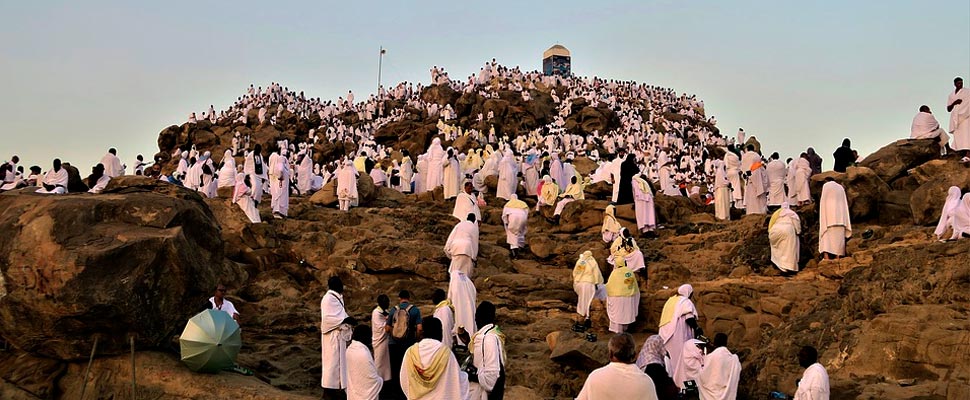How is the pilgrimage to Mecca lived in the midst of the pandemic?
This pillar of the Muslim faith has had to be radically reinvented to deal with the Coronavirus .

One of the most important Muslim traditions has had to adapt to avoid COVID-19 infections. / Photo: Pixabay
LatinAmerican Post| Juan Manuel Londoño
Listen to this article
Leer en español: ¿Cómo se vive el peregrinaje a La Meca en medio de la pandemia?
The Hajj, as tradition is known, is one of the 5 pillars of the Muslim faith, one of the fundamental acts that every Muslim must carry out throughout his life. People of this faith, if they are financially capable and healthy, must travel to Mecca once in their lives.
Last year, the number of Muslims who made the pilgrimage to Mecca, according to Arab News, was 2.5 million. This year, only 1,000 people, including Saudi citizens and foreign residents. For the first time in many years, international travelers were banned.
The Coronavirus has resulted in a very different Hajj than what the faithful are used to. First, only men ages 20 to 50 have been able to participate in it and had to take the COVID test before entering Mecca, according to the Associated Press.
It may interest you: Dominican Republic: new president in the midst of the pandemic
Additionally, pilgrims had to quarantine before entering the city and were forced to wear electronic bracelets that tracked their movements during the celebrations. Once the celebrations are over, they will also be forced to quarantine before returning home.
The compulsory social distance of one and a half meters was also implemented in the various rituals performed during Hajj, in which everyone had to wear a mask.
Of particular note was the Tawaf ritual, in which Muslims traditionally must circle La Kaaba, its holiest mosque, touching it if possible. This year, this sacred building was surrounded by a security cordon and the crowds that normally surround it were nowhere to be seen. On the contrary, only a walk was made in concentric circles with the prudent distance.
The following is a video that shows how Tawaf is traditionally:
While here you can see how it was done this year:
"Keeping the ritual in the shadow of this pandemic … required reducing the number of pilgrims, but forced several official agencies to make a double effort," said King Salman, leader of Saudi Arabia in a speech on July 31.

